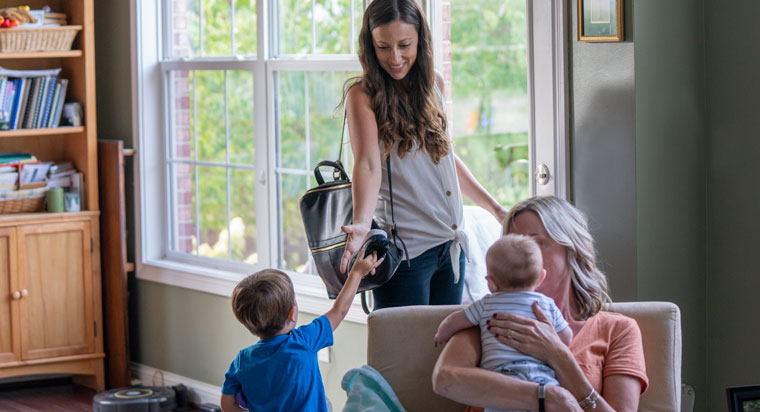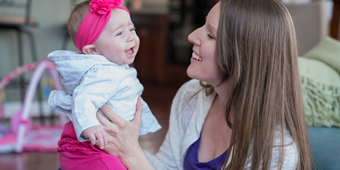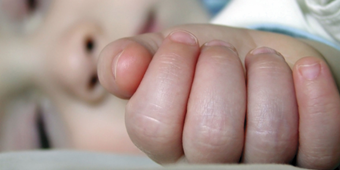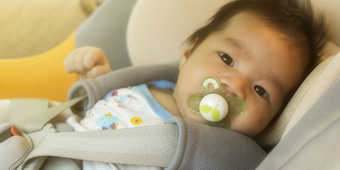Separation Anxiety: Tough For Baby And Mama

Answer a few questions and we'll provide you with a list of primary care providers that best fit your needs.
They say that separation anxiety is hardest on the parent (this is what you remind yourself when you have to leave). But no matter what you tell yourself, it’s still very difficult to deal with your baby’s clings and cries.
But it will get better. Separation anxiety is extremely normal. And it’s is a sign of a healthy, loving relationship between you and your baby.
While separation anxiety can begin as early as 4 or 5 months, it’s most common at about 9 months.
What Is Separation Anxiety?
While separation anxiety can begin as early as 4 or 5 months, it’s most common at about 9 months (though it can crop up when your baby becomes a toddler, around 15 to 18 months).
For a baby, separation anxiety happens because she is establishing object permanence. Object permanence means that she starts to understand that even though she can’t see something, it still exists in the world.
 So, before this point, if you weren’t in front of her, you didn’t exist. Once she realizes that you are still in the world when you are not in front of her eyes, separation anxiety makes sense.
So, before this point, if you weren’t in front of her, you didn’t exist. Once she realizes that you are still in the world when you are not in front of her eyes, separation anxiety makes sense.
How Do You Deal With Separation Anxiety?
It makes sense, but it doesn’t make it easy. What can you do to make it better for your baby (and you)?
- Keep a safe and stable home atmosphere.
Your baby or toddler will be more secure and able to deal with separation if your home atmosphere is stable, predictable, and fairly routine. The more your baby becomes used to a secure rhythm of separation, the better she will handle it.
- Practice and introduce change gradually.
The first time you leave your child, it’s best to leave her with someone she already trusts. Don’t just let a babysitter come and then immediately leave. Let your child warm up to the babysitter for a half hour or so (though when it’s time to leave, quick goodbyes are the way to go). On your first outing, plan to leave for around an hour. As your child gets used to the idea of “mommy goes, but mommy will come back,” you can keep building on that rhythm.
- Come up with quick rituals for goodbyes.
Though your baby may be clinging to you and crying, for everyone’s sake, you need to make your goodbye short and sweet. Come up with a quick ritual that reminds you both of the love and trust between you and then go. And don’t come back in 15 minutes to check on her. That will just make it worse.
- Tell your child what is happening (according to his maturity).
Before you go, be specific and tell your child what is happening (of course, if your child is still a baby, this may look like “mommy will be back soon.”). If you have a toddler, you can tell him something like, “I’ll be back after your nap, but before your snack.” Or, if you will be gone for a trip, you can say, “I’ll be back after three sleeps.”
When Should You Be Concerned?
In the end, separation anxiety is actually a healthy sign, showing that your baby or toddler is properly attached to you and that you have a strong and loving relationship.
The parting will gradually get better, though anxiety can resurface occasionally, especially if your child is tired or hungry. If your child is still having severe separation anxiety after age 2, talk with your pediatrician so that you can come up with more tactics to help you and your child deal with being apart.
Answer a few questions and we'll provide you with a list of primary care providers that best fit your needs.
Sources: Healthy Children; Medline Plus; DC.gov Superintendent of Education




